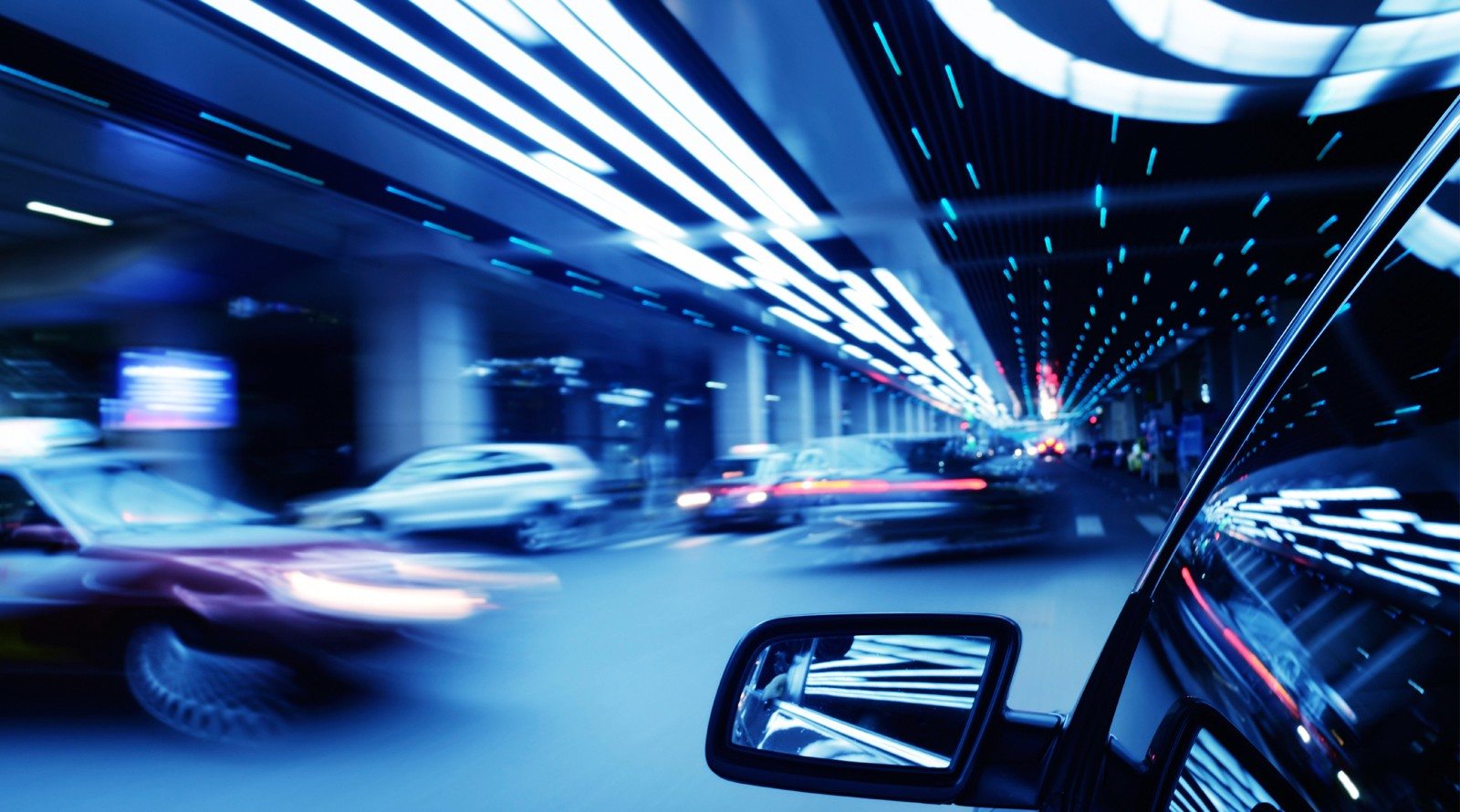Driving after dark has its dangers. Keep these give safety tips in mind to reduce risk for all road users:
Keep Your Lights On
People driving with their lights off is a huge problem according to Sean Shapiro, police constable with Toronto Traffic Safety. “In our reliance on technology, there’s the assumption that your car will automatically activate the headlights,” he says, “But the lights may not be on–making you what I call a ghost car.”
Slow Down
Often the lower volume of traffic on the road at night creates a false sense of security, making drivers feel like they can be less attentive. “People tend to go a little faster because it can appear like you have the open road,” Shapiro says. “But the faster you’re going, the less response time you have. Damage, injury and the chance of death increase with that speed.”
Expect The Unexpected
Use extra caution at night. Be on the lookout for reckless or impaired drivers, stalled cars, pedestrians in dark clothing and wildlife on the road. “Very often at night, drivers are tired and not paying attention,” Shapiro says. “So you’re not anticipating that kid playing ball on the street or the pedestrian crossing in front of you.”
Drive Cautiously
You won’t be able to see as far ahead at night. “In very dark areas, you can’t see what you’re driving into,” Shapiro says. “This is an obvious recipe for a collision.”
Clear Line of Vision
A clean windshield and headlights will help you see better. Make sure your headlights are aligned properly to the road, and use your high beams only when necessary. Keep interior lights low so the dash is visible but not distracting when you look at it. Avoid staring into oncoming headlights and, if possible, don’t drive on two-lane highways, which are known for nighttime flare. Remain alert and drive safe when out at night.
